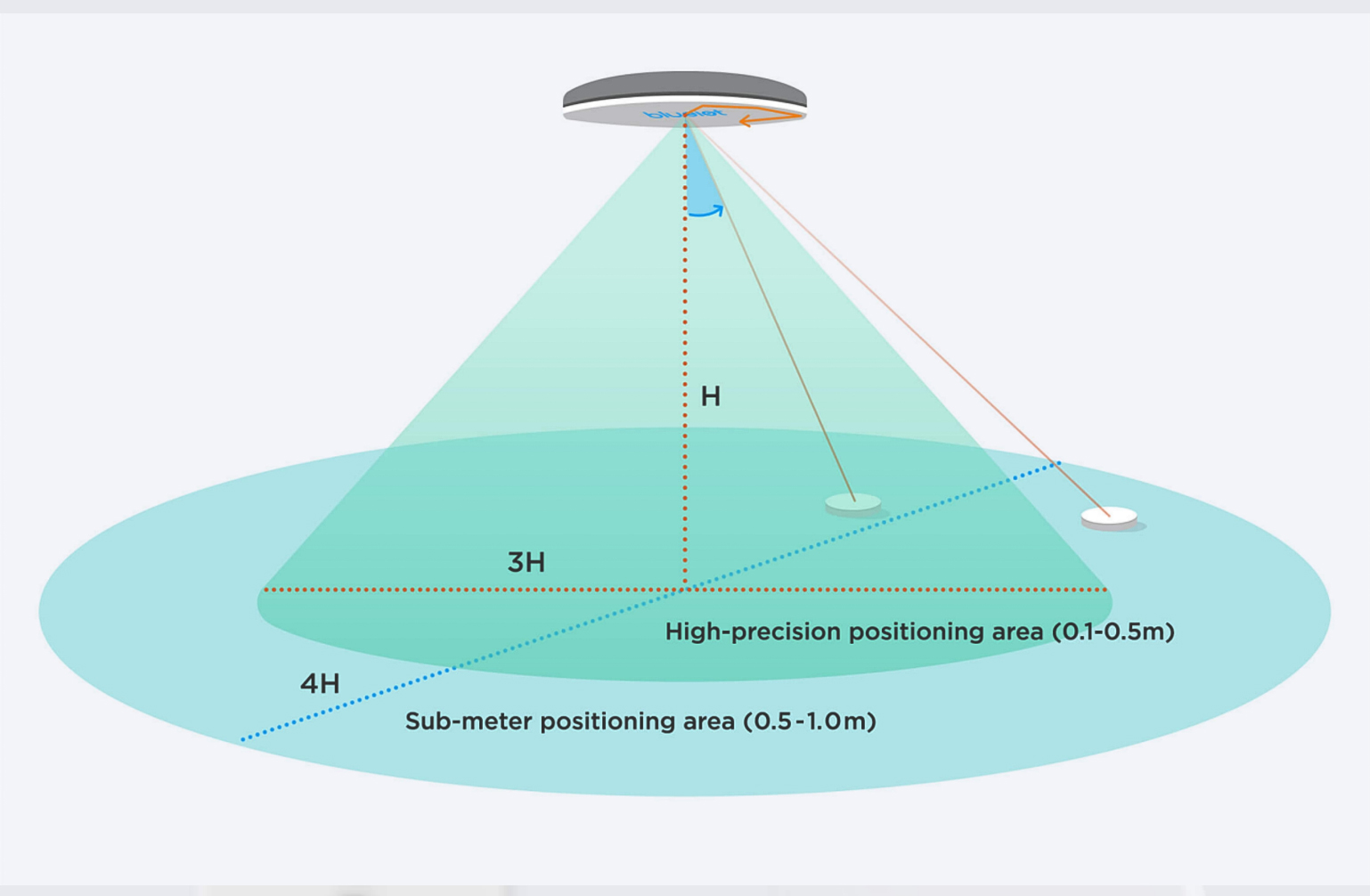As we continue to push the boundaries of technology, finding innovative solutions for indoor positioning has become increasingly important. The good news is that there’s a new player - Bluetooth Low Energy (BLE) Angle of Arrival (AoA) technology. With its unparalleled accuracy and reliability, BLE AoA is poised to revolutionize the way we navigate indoor spaces. In this blog post, we’ll explore what makes this cutting-edge technology so exciting and how it could change the future of indoor positioning as we know it!
What is BLE AoA technology?
BLE AoA technology is a new wireless positioning solution that uses the Bluetooth Low Energy (BLE) protocol. BLE AoA technology enables indoor location and tracking of tagged objects, including people, with reduced battery life and latency.
In contrast to GPS and Wi-Fi positioning, which rely on satellites to provide location information, BLE AoA uses short-range radio signals to transmit data about an object’s current position. This allows devices to track tags even when there is no signal or when the signal is weak.
How does BLE AoA technology work?
BLE AoA technology is a new wireless positioning technology that uses the radio frequency (RF) spectrum to triangulate an indoor user’s location. BLE AoA uses a combination of sensors, software, and antennas to provide accurate position data.

Applications of BLE AoA technology in industrial settings
BLE AoA technology is being used in industrial settings to improve the accuracy of positioning and tracking of assets. By using BLE AoA, companies can reduce the time needed to track assets and improve safety by eliminating the need for manual tracking.
One example of where BLE AoA technology is being used is in the manufacturing industry. By using BLE AoA, companies can track objects such as tools, machines, and parts as they are moved around the factory. This information can then be used to optimize production processes and improve safety.
Another application of BLE AoA technology is in the healthcare industry. By using BLE AoA, hospitals can track patients’ movements and diagnose ailments more quickly. This information can also be used to prevent accidents and save lives.
Conclusion
The future of indoor positioning is in the hands of Bluetooth low energy (BLE) technology. BLE devices are small and easy to use, making them perfect for use in indoor environments such as factories and warehouses. They can also be used for a variety of other applications, such as tracking vehicles or monitoring medical patients. As Bluetooth continues to grow in popularity and adoption, it is only natural that we see more advancements made with BLE technology. If you want to learn more about BLE AoA technology, please feel free to contact Blueiot . Our service team is dedicated to answering any questions and offering assistance.